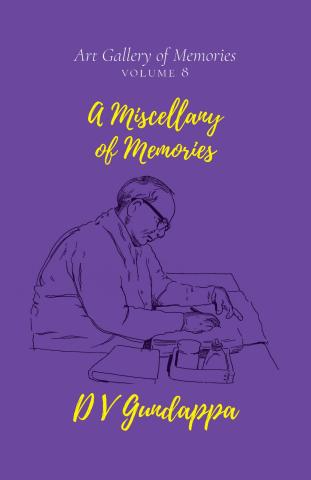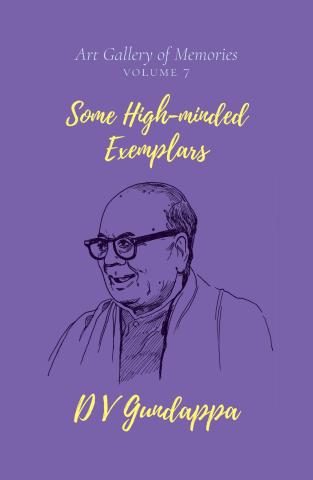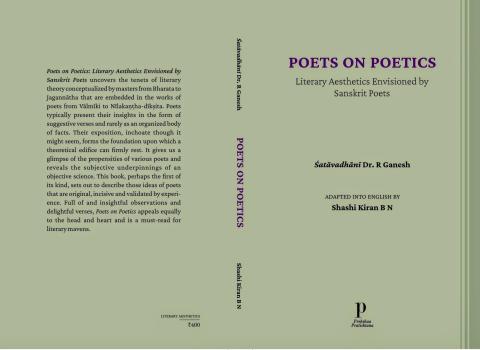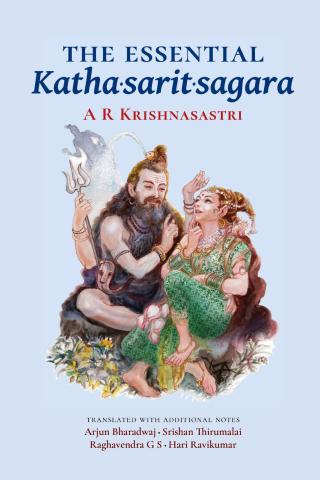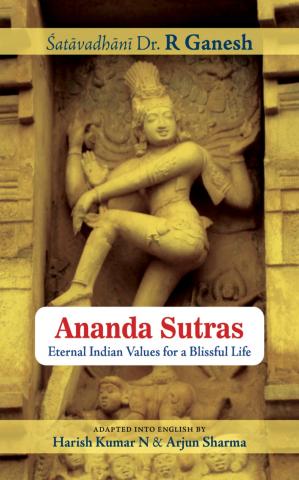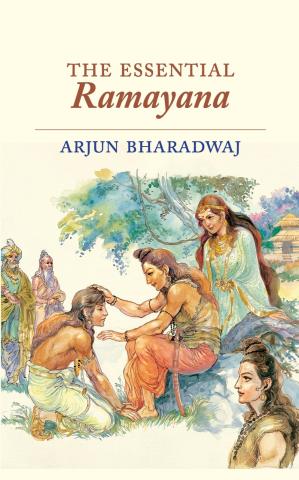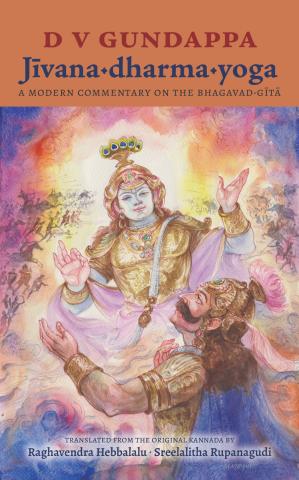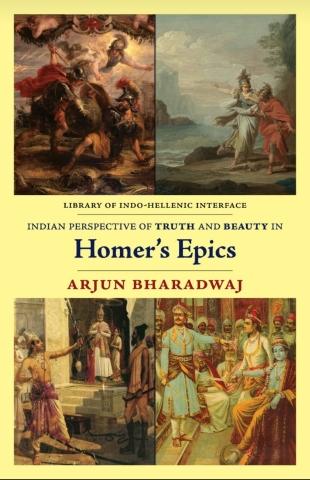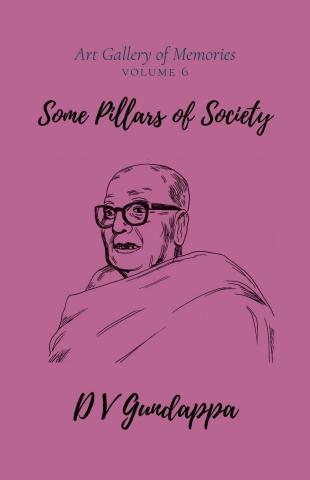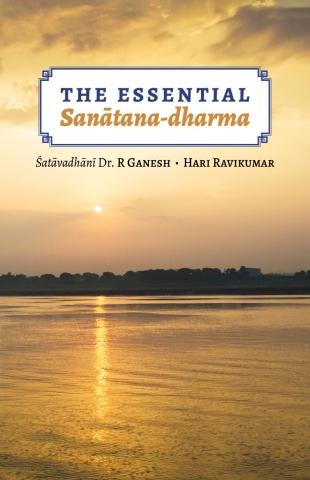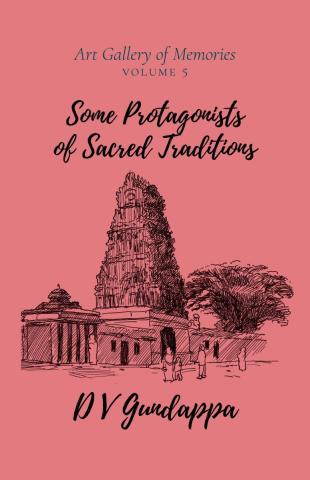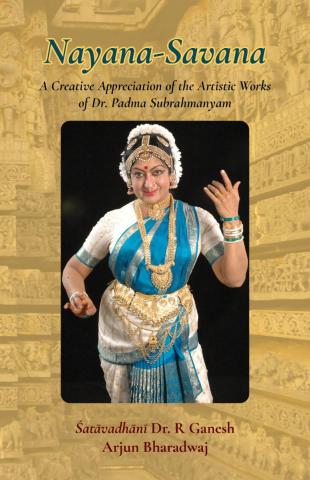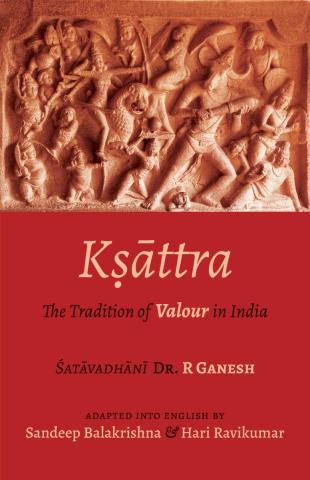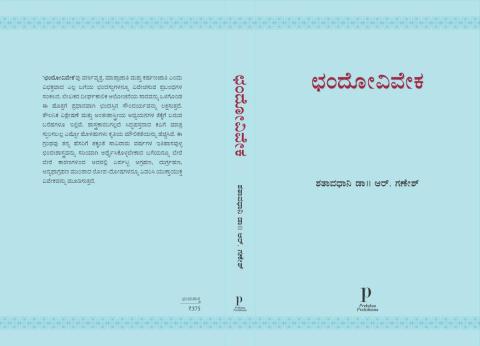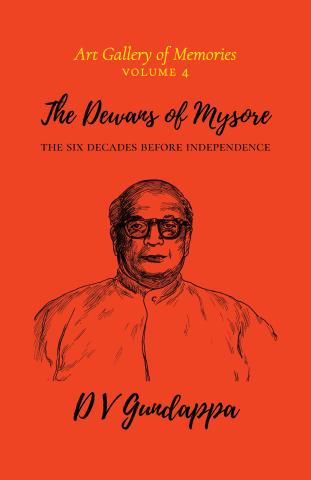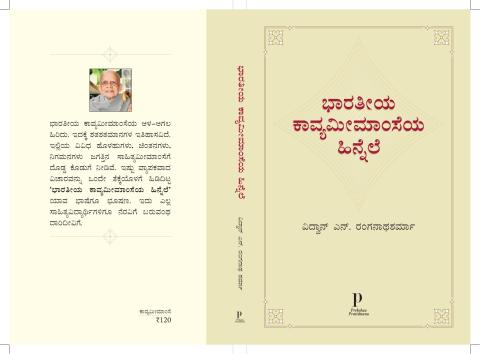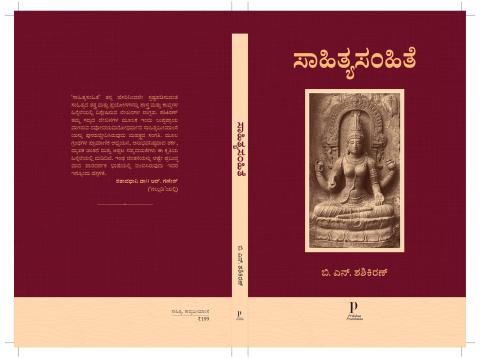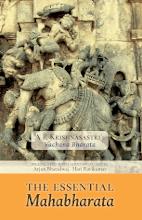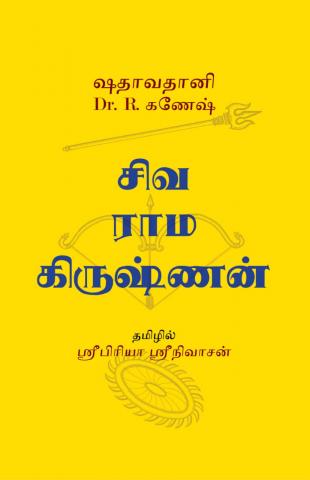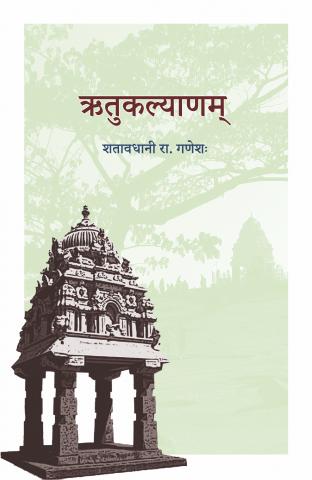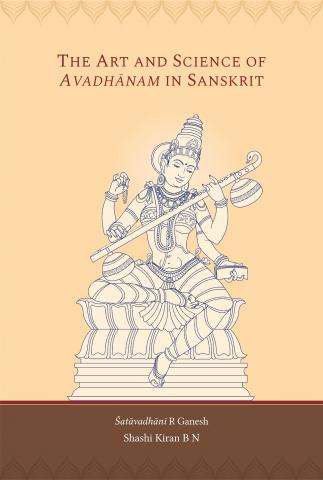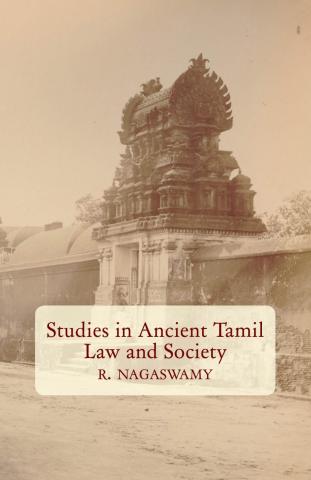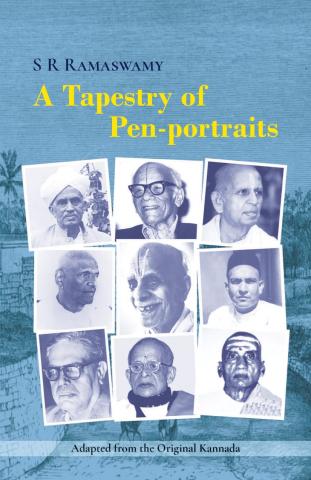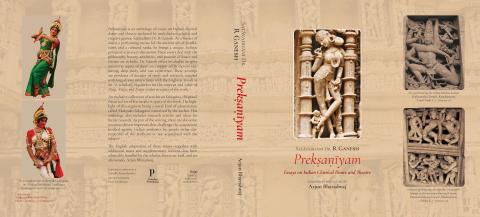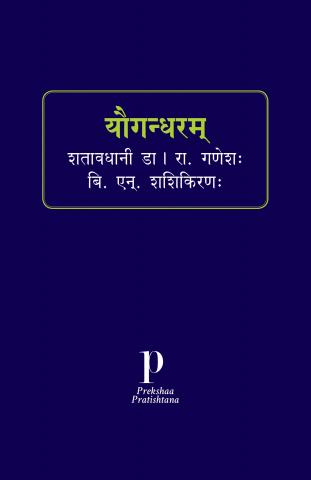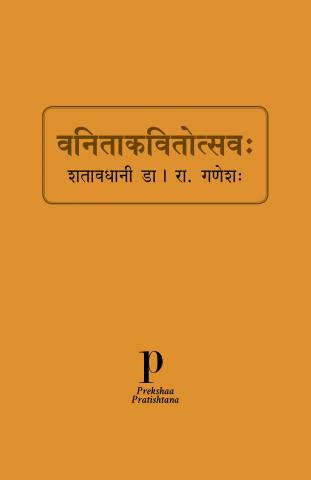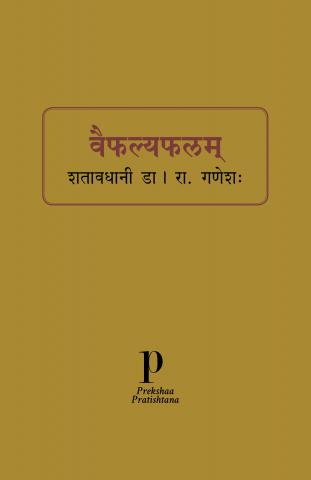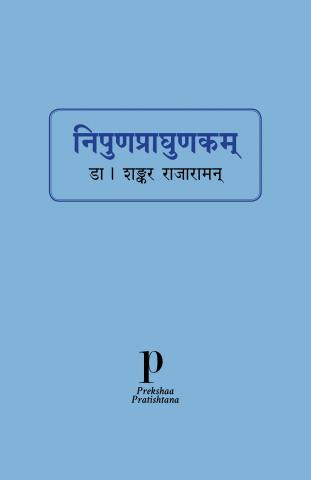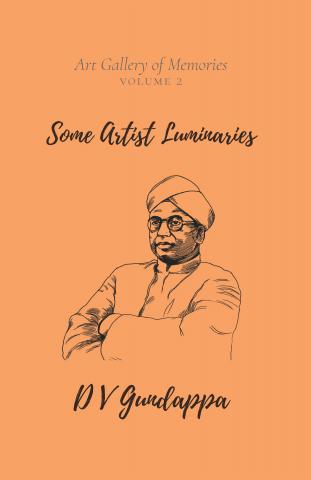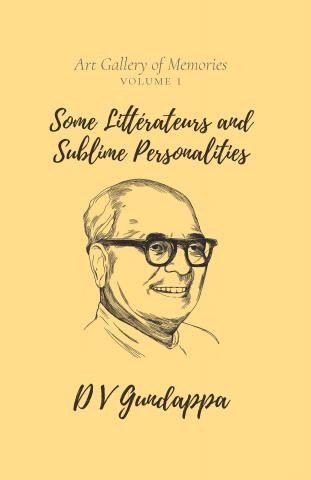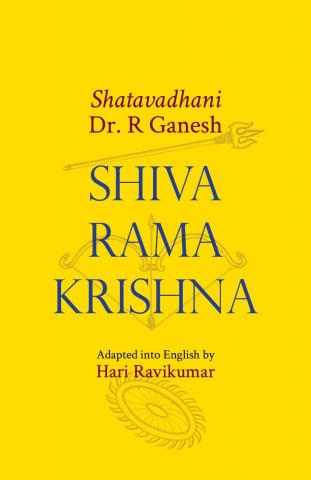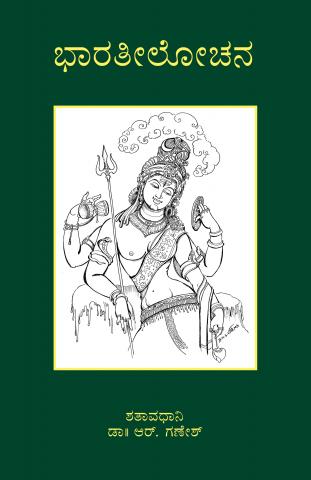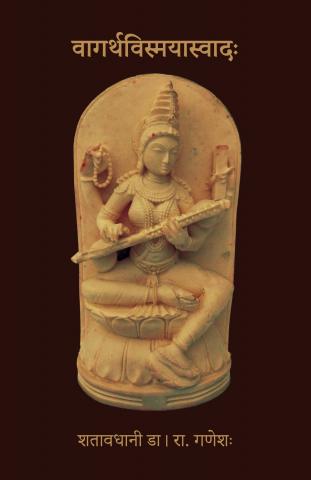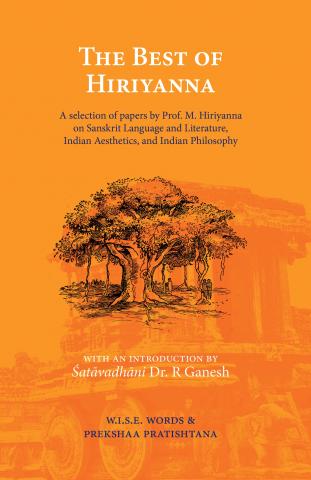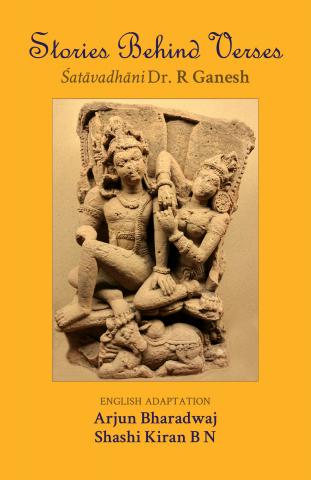Bhavabhūti is the author of three plays, namely – Mahāvīra-carita, Mālatī-mādhava, and Uttara-rāma-carita. It is quite probable Mahāvīra-carita was the first play that he penned. In the play, he narrates his biographical details as follows –
अस्ति दक्षिणापथे पद्मपुरं नाम नगरम् । तत्र केचित् तैत्तिरीयाः काश्यपाश्चरणगुरवः पङ्क्तिपावनाः पञ्चाग्नयो धृतव्रताः सोमपीथिन उदुम्बरनामानो ब्रह्मवादिनः प्रतिवसन्ति | तदामुष्यायणस्य तत्रभवतो वाजपेययाजिनो महाकवेः पञ्चमः सुगृहीतनाम्नो भट्टगोपालस्य पौत्रः पवित्रकीर्तेर्नीलकण्ठस्यात्मसंभवः श्रीकण्ठ-पदलाञ्छनः पद-वाक्यप्रमाणज्ञो भवभूतिर्नाम जतुकर्णीपुत्रः कविर्मित्रधेयमस्कामिति भवन्तो विदाङ्कुर्वन्तु … यस्य ज्ञाननिधिर्गुरुः
We can gather similar information from the other two plays of this playwright and can surmise the following from his own words –
The original name of Bhavabhūti , i.e., the name given at birth, was Śrīkaṇṭha; his parents were Jatukarṇī and Nīlakaṇṭha; he belonged to a family of śrotriyas, who were somayājīs as well; they belonged to the taittirīya-śākhā, kāśyapa-gotra, and to the uduṃbara-vaṃśa. One of Bhavabhūti’s ancestors[1], who lived about five generations before him had performed the vājapeya-yāga as well and was known to be a good poet. Bhavabhūti’s guru was ‘Jñāna-nidhi’. Actors were his friends. [2] Padmapura, a town located in Southern India, was his native place. He says that he is a pada-vākya-pramāṇajña, indicating that he was a scholar of vyākaraṇa, mīmāṃsā, nyāya, and vedānta.[3]
(In addition to this, we can surmise from the available sources that he was also a scholar of sāṅkhya-, yoga-, alaṅkāra-, artha-, kāma-, and nīti-śāstras).
It is slightly hard to ascertain which among the two names – Bhavabhūti and Śrīkaṇṭha – was given to him at his birth by his parents. If we are to assume that the name Śrīkaṇṭha is a title that he learned, it indicates that he was either well known for his art of speaking or possessed wealth or knowledge in his throat, based on the meaning we associate with the syllable Śrī; kaṇṭha means the throat. If Bhavabhūti are to be his title, it means that he possessed the blessings of Bhagavān Śiva. Some commentators on the works of Bhavabhūti say that he was awarded the title by a certain king, for he composed the verse which goes – sāmbā punātu bhavabhūti pavitra-mūrtiḥ. From the names of his ancestors, such as Nīlakaṇṭha and Gopāla, it is quite possible that Śrīkaṇṭha was the name given to him at birth.
There have been attempts to establish that Bhavabhūti had a good family life as well – he had an understanding wife, cooperative children, and good friends. However, there is not enough evidence to prove any of these. It is easy to see that he had immense confidence in himself. If someone criticised him, he would merely remark, What does he know? Who asked him to read (my) works? He was quite proud. While Kālidāsa says, āparitoṣād-viduṣāṃ na sādhu manye prayoga-vijñānaṃ… ātmanyapratyayaṃ cetaḥ, Bhavabhūti boldly declares right at the beginning of his Uttara-rāma-caritam
यं ब्रह्माणमियं देवी वाग्वश्यैवान्ववर्तत ।
उत्तरं रामचरितं तत्प्रणीतं प्रयोक्ष्यते ॥
At the beginning of the Mālatīmādhava, he criticises his critics by saying,
ये नाम केचिदिह नः प्रथयन्त्यवज्ञां
जानन्ति ते किमपि तान्प्रति नैष यत्नः।
उत्पत्स्यते तु मम कोऽपि समानधर्मा
कालो ह्ययं निरवधिर्विपुला च पृथ्वी॥ (Mālatīmādhava 1-6)
Those who spread words of disrespect about us (me), what do they know? This effort (this work) is not for them (to indulge in); someone else in the future who resonates with my thought will be born! Time is, after all, endless, and the earth is vast! (hosts all kinds of people).
A story in the folklore says that Bhavabhūti was one of the nine gems in Vikramāditya’s court, and he had secured the assistance of Kālidāsa to rise to the position. According to the story, Kālidāsa heard the Uttara-rāma-caritam from Bhavabhūti and was impressed with the composition; a popular verse of the play goes as follows –
किमपि किमपि मन्दं मन्दमासक्तियोगा-
दविरलितकपोलं जल्पतोरक्रमेण ।
अशिथिलपरिरम्भव्यापृतैकैकदोष्णो-
रविदितगतयामा रात्रिरेव व्यरंसीत् ॥ 1.27 ॥
The verse describes the intimacy between Śrī-rāma and Sītā and the way they spent entire nights speaking to each other, oblivious to the passing of time. The original version of the verse penned by Bhavabhūti apparently read rātrirevaṃ vyaraṃsīt. Upon reading this, Kālidāsa is supposed to have suggested that the playwright should change the last phrase to rātrireva vyaraṃsīt[4] and only then would he take Bhavabhūti to the king’s court. Bhavabhūti agreed and made the change. Pleased, Kālidāsa helped him secure the position of one of the nava-maṇis – nine gems in the court of Vikramāditya.
From this episode, we can only infer that the critics and aestheticians of the past appreciated the reading rātrireva vyaraṃsīt. It is unlikely that Kālidāsa and Bhavabhūti had interacted with each other; they were not contemporaries. We, however, do find the influences of Kālidāsa in Bhavabhūti’s works.[5]
One of the manuscripts of the Mālatī-mādhava states that the work was authored by Bhaṭta-kumārila’s student (prose at the end of Act 3); the colophon at the end of the sixth act in same manuscript says that Umbekācārya authored it; furthermore, the colophon at the end says Kumārila’s student Bhavabhūti penned the play. From this, it is reasonable to think that Bhavabhūti is no different from Kumārila’s student Umbekācārya. However, we must reflect upon the amount of importance we must associate with these colophons. None of the other manuscripts say anything similar to this. Bhavabhūti says that his teacher was ‘Jñāna-nidhi.’ Even if we assume that the name, which means ‘a treasure-trove of knowledge’ is an epithet and not his real name, it was not difficult for Bhavabhūti to include the name Kumārila in his works.[6] While it is an established fact that Kumārila and Bhavabhūti were contemporaries, we do not have enough evidence to establish that the latter was the student of the former.
To be continued ...
The current series of articles is an enlarged adaption of Prof. A. R. Krishnasastri's Kannada treatise Saṃskṛta-nāṭaka. They are presented along with additional information and footnotes by Arjun Bharadwaj.
[1] One of the manuscripts says that the ancestor was called Siṃhabhūti
[2] In some of the manuscripts of the Mālatī-mādhava, it is said that the town was located in the province of Vidarbha. Some scholars infer that Padmāvatī that is mentioned in the Mālatī-mādhava is Padma-pura and corresponds to Pavāya or Narvā in the Gwalior region. Dr. Bhandarkar is of the view that the place can be a reference to Candrapura or Cāṇḍā located near Nagpur. The village of Padmapura is located about three miles from the Angav station of the Bhandar district of Madhya Pradesh. Many scholars think that this is likely to be Bhavabhūti’s place of birth. (The Hindu, 30-8-1939). Moreover, it is said that all the three plays penned by Bhavabhūti were staged during Kālapriyanātha’s yātrā mahotsava; a famous temple dedicated to Kālapriyanātha is located in Ujjayinī; or, it could even be the place called Kalpi on the banks of the river Yamuna. In sum, it is hard to ascertain what modern place corresponds to Bhavabhūti’s native village.
[3] As per the commentary by Vīra-rāghava
[4] The phrase rātrirevaṃ vyaraṃsīt means, ‘the night was spent in this fashion;’ rātrireva vyaraṃsīt means that the night was spent (and their conversation knew no end). Thus, Kālidāsa improvisation, which involved removing of just a single dot – an anusvāra, added tremendous value to the original verse; the changed version almost suggests that the conversation between Śrī-rāma and Sītā knew no end and went on forever!
[5] For instance, the ninth act of the Mālatī-mādhava bears the influence of Kālidāsa’s Vikramorvaśīyam and Meghadūtam
[6] Dinesh Chandra Bhattacharya has written an article in the Indian Historical Quarterly (June, 1931) on this matter. There, a person named Bhavabhūti Sureśa is mentioned; the name of the author of the plays under discussion here is Bhavabhūti-Śrīkaṇṭha; the two cannot be one. PV Kane opines that Umbekācārya and Bhavabhūti are one and the same (J.B.B.R.A, 1928 pp. 289-93). Dr. Belvalkar thinks that Bhavabhūti was not a popular name in the ancient past, and thus there have been quite a few distortions in his name and identity (Preface, page 63),
Na. Sri. Raja Purohita, in his article in Prācīna Karnāṭaka (October 1932) has conclusively established that Bhavabhūti and Sureśvarācārya are not connected with each other.




